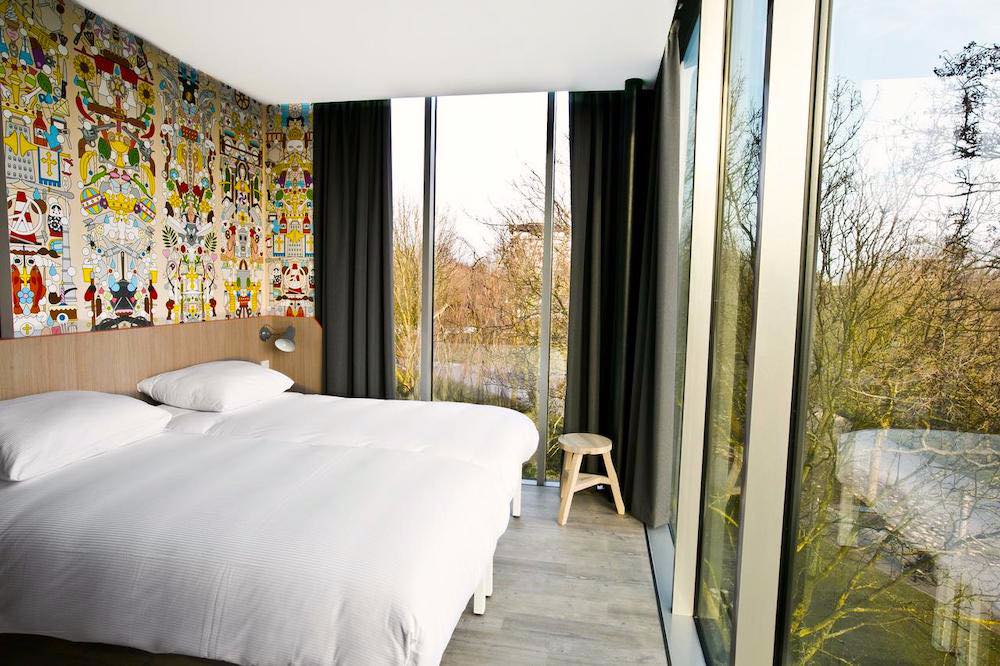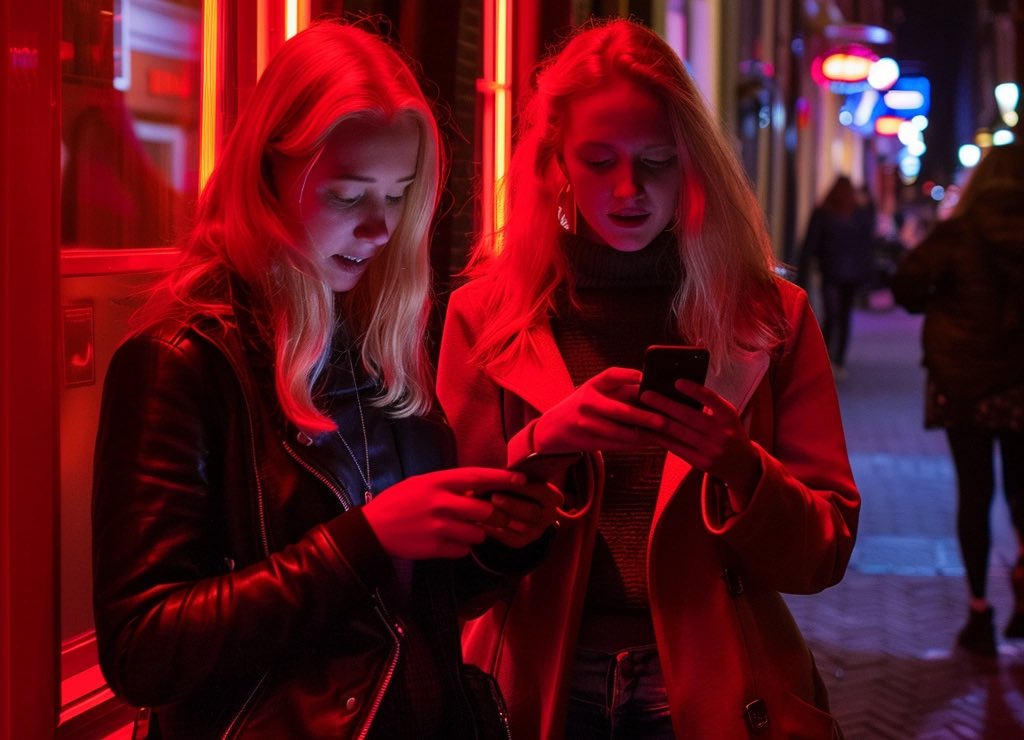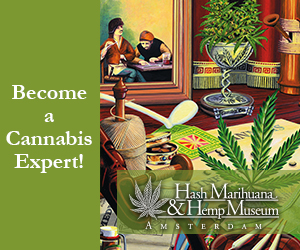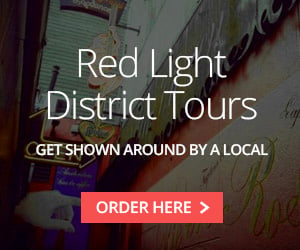10 Questions For Russell Shorto About the History of Amsterdam
Posted on: January 3, 2024
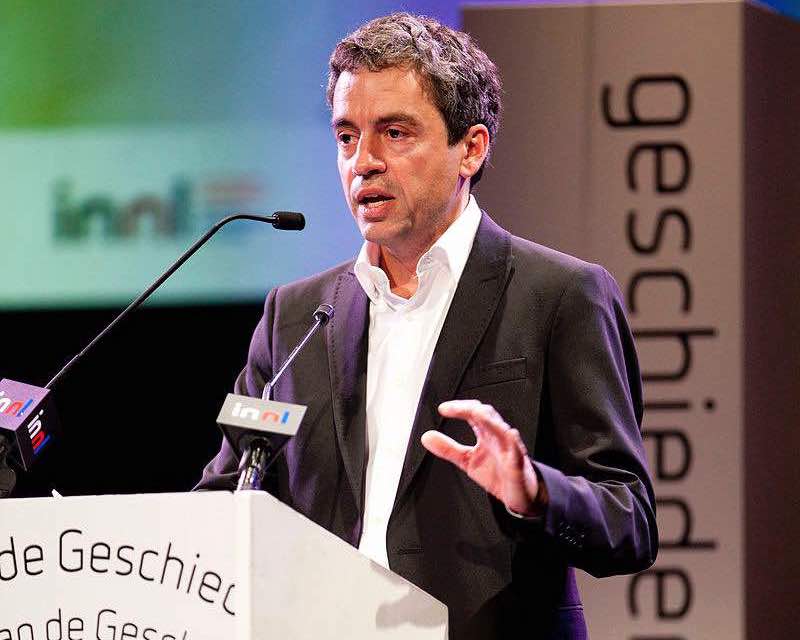
Interview With Russell Shorto
Russell Shorto Bio
Russell Shorto is an American writer, historian and journalist who’s best known for his book Amsterdam: A History of the World’s Most Liberal City and his book on the Dutch origins of New York City: The Island at the Center of the World. If you’re interested in Amsterdam, liberalism, tolerance and the Dutch way of doing things we definitely recommend that you check out these two interesting books. Shorto has received the knighthood in the Order of Orange-Nassau from the Dutch Queen for strengthening the relationship between the United States and the Netherlands. He lived in Amsterdam for 7 years and currently resides in Cumberland, Maryland in the United States.
Russell Shorto can also be heard in the app Amsterdam Audio Tours. It contains a great audio tour with 22 real experts who share their knowledge of the Red Light District. The GPS-guided app also includes a virtual guide, a transcript and many beautiful pictures.
GET THE APP >
What inspired you to write a book dedicated to just the City of Amsterdam?
Russell Shorto: I had written a book about the Dutch founding of New York: i.e., about New Amsterdam. Then I moved to Amsterdam. It seemed a natural progression — writing the prequel. The first book was about what made New York the way it is. The answer, in short, was: Amsterdam. So the second book would be about what made Amsterdam the way it is.

Shorto’s book on the history of Amsterdam.
Amsterdam History
What made Amsterdam such a successful city?
Russell Shorto: Many things, of course. Beginning in the Middle Ages, the Dutch developed an unique approach to free trade. The struggle against water forged a collectivism, a kind of socialism, that gave them the chance to innovate. Where others in Europe were locked in their feudal roles, the Dutch were simultaneously farming, inventing, trading, exploring. This led to an economic dynamism. Amsterdam was part of this. What distinguished it was its location, and the fact that, with the fall of the southern Netherlands in the war with Spain, there was a mass exodus of population from places like Antwerp; many of those people moved to Amsterdam, and brought their wealth and connections and know-how.

Russell Shorto in Amsterdam’s last hidden church, located in the Red Light District.
The Amsterdammers of the late 1500s and early 1600s were very savvy in building on this. To give one example, they encouraged entrepreneurs to found publishing houses, so the city became perhaps the center of European publishing. Publishers attract writers — which means they attract ideas. So Amsterdam became the center of ideas. And Amsterdammers were then the first to learn of these new ideas, and to build on them and profit from them.

Artist impression of the Dutch colony New Amsterdam. Source: NYC Department Of Records.
Dutch Culture
You lived in Amsterdam for 7 years. What things did you enjoy the most?
Russell Shorto: Pretty much everything, except the weather.
How would you describe Dutch people?
Russell Shorto: Frank.

This is what Amsterdam looked like in the year 1538.
Dutch Golden Age
Why do you think the Dutch are so humble about their past (and current) achievements?
Russell Shorto: I guess it’s because the Netherlands is a small country. It’s always been tucked between England, Germany and France. Much of its wealth came from doing business in faraway lands, so I think it’s success was often confusing to other Europeans. The Dutch, historically, wanted to keep a low profile. I remember the first review of my book “Nieuw Amsterdam” in the UK began with this line: “The most Dutch thing about the Dutch contribution to world history is how little you notice it.”

The Netherlands was once a superpower and played a large role in the creation of modern capitalism.
Amsterdam To New York
You also wrote a book about the Dutch influence on US history, can you name a few ways in which Dutch culture had an impact on the U.S?
Russell Shorto: The Dutch brought two innovative things with them to Manhattan: tolerance and free trade. The 17th century was the age of religious intolerance: people were fighting and dying over religion. But the Dutch made religious tolerance a hallmark. And their free trade spawned their empire. If you put those two things together, you get a recipe for New York. It was what made New York distinct. And because New York had such influence, it therefore influenced the rest of America.
In our new audio tour you explain the Dutch “gedogen” policy. Would you prefer the “gedogen” system over the one that is being practised in the United States?
Russell Shorto: I think inherent in “gedogen” is the need to find ways to get along. It’s a system for overcoming strong differences. American society seems to be built on confrontation. The archetypal American confrontation is the gunfight in the Old West. That’s not generally conducive to a healthy society. We are, sadly, still having gunfights today: I mean of course mass gun violence. So yes, it would be great if the US were able to adopt such a policy.

A window brothel for rent in Amsterdam’s Red Light District.
What is your personal opinion about legal prostitution, like we have it in the Red Light District of Amsterdam?
Russell Shorto: I guess I’m of two minds. On the one hand, I believe in personal liberty, and in general favor things being legal if they don’t harm others. On the other hand, it seems very difficult to have legalized prostitution and also avoid exploitation.
The American Revolution
Your latest book Revolution Song: A Story of American Freedom was released on the 7th of November 2017 and is about the American Revolution. Does Amsterdam or the Netherlands make a cameo appearance in it?
Russell Shorto: There is actually a substantial Dutch component to the book. The book follows six people who lived through the period of the American Revolution. Two of them have Dutch ancestry. One is Abraham Yates, a shoemaker from Albany, New York. Albany was a very Dutch place in the 18th century; Yates’ mother was Dutch, and he grew up speaking Dutch. As a shoemaker, he settled accounts in Dutch. His account book records things like: “Eeen paar schoenen voor je kind en een paar gelapt.” The other is the Native American leader known as Cornplanter, who played a significant role in the Revolution. His mother was Iroquois, and he was raised Iroquois, but his father was a Dutchman named Johannes Abeel.

Close up of the front cover of Russell Shorto’s latest book: Revolution Song: A Story of American Freedom.
Amsterdam Future Prediction
How do you see the future of Amsterdam?
Russell Shorto: As I see it, Amsterdam is working very hard at positioning itself to embrace the big issues: climate change, the digital future, sustainability. I don’t see many American cities working with the same kind of singleminded purpose. In that sense, it’s being very smart. Of course, what happens to Amsterdam is competely dependent on wider events in Europe.
Wanna explore Amsterdam Red Light District with Russell Shorto?
We made an unique travel app that guides you through Amsterdam’s Red Light District with an audio tour. In it 22 experts, including Russell Shorto, and locals with a deep connection to the area will teach you everything about the oldest and most infamous part of Amsterdam.
GET THE APP >
ALSO READ:

